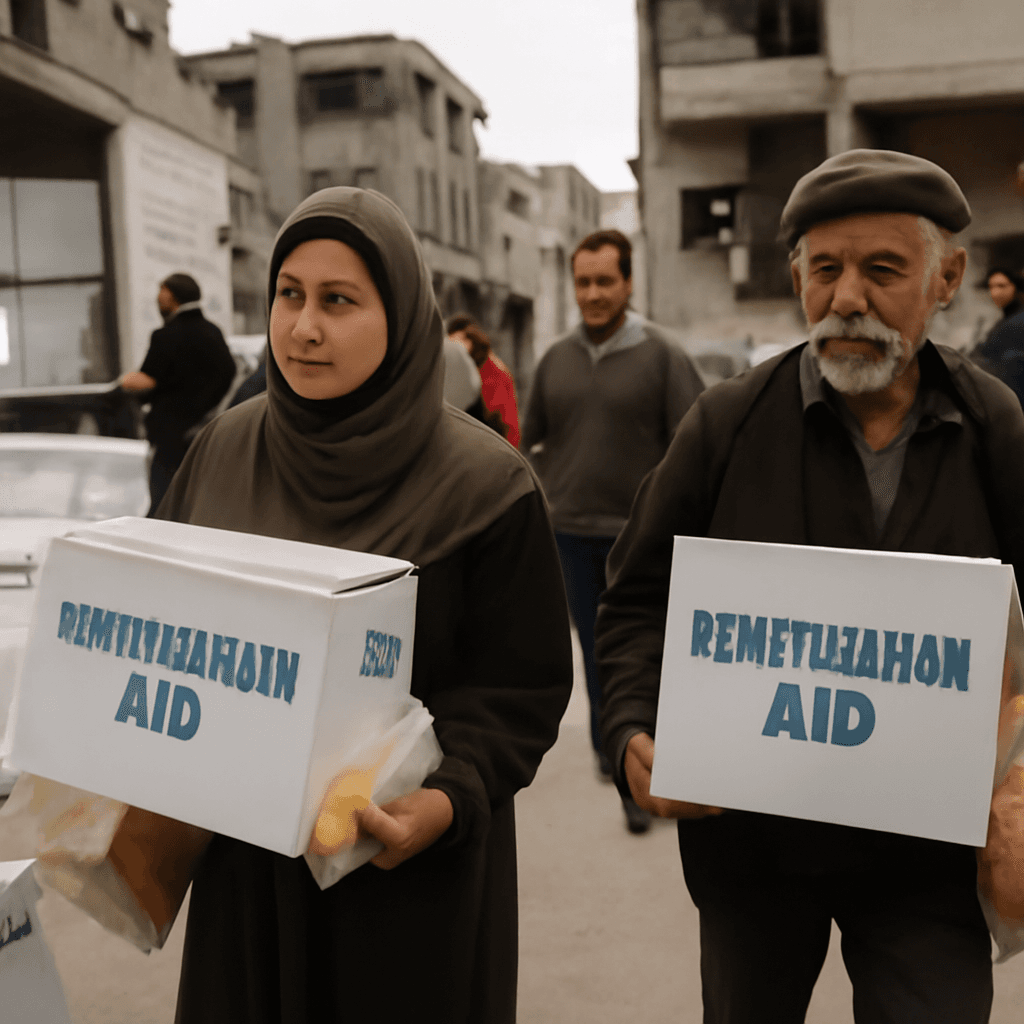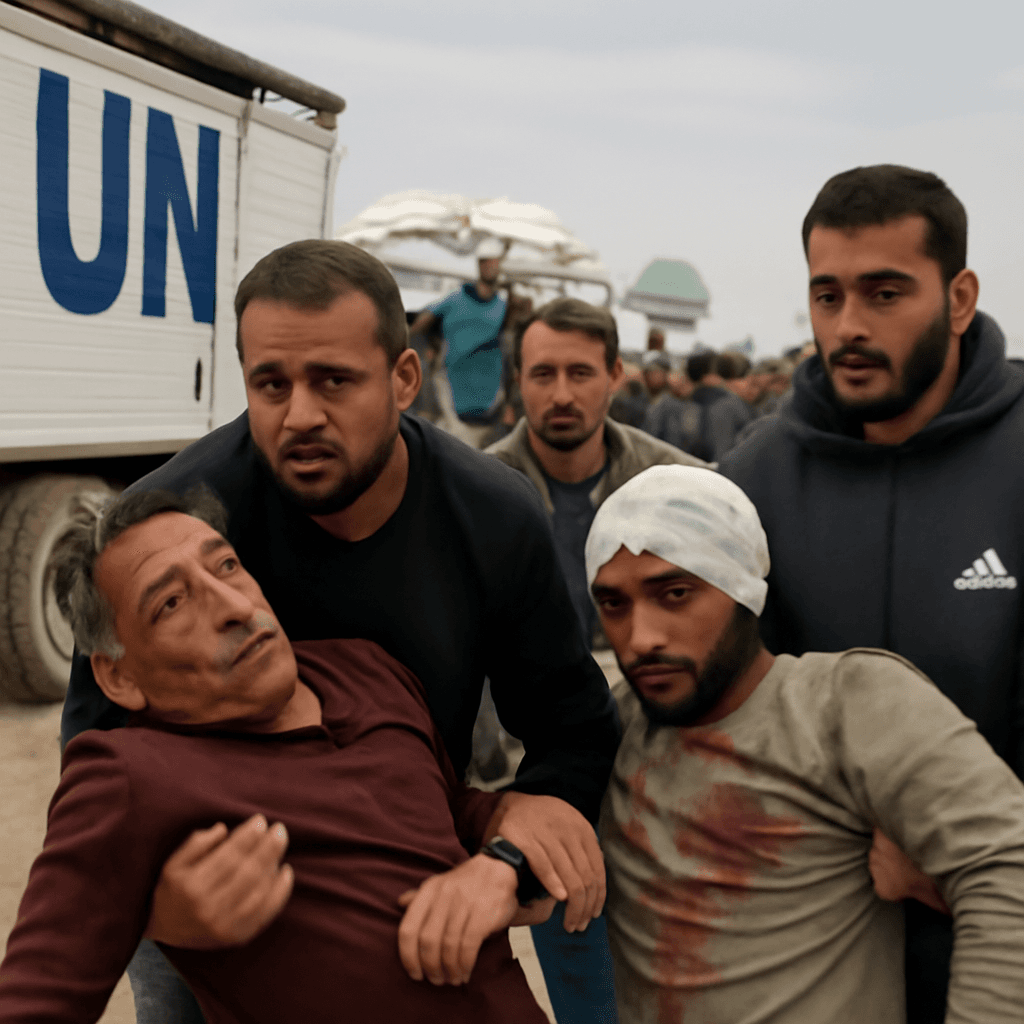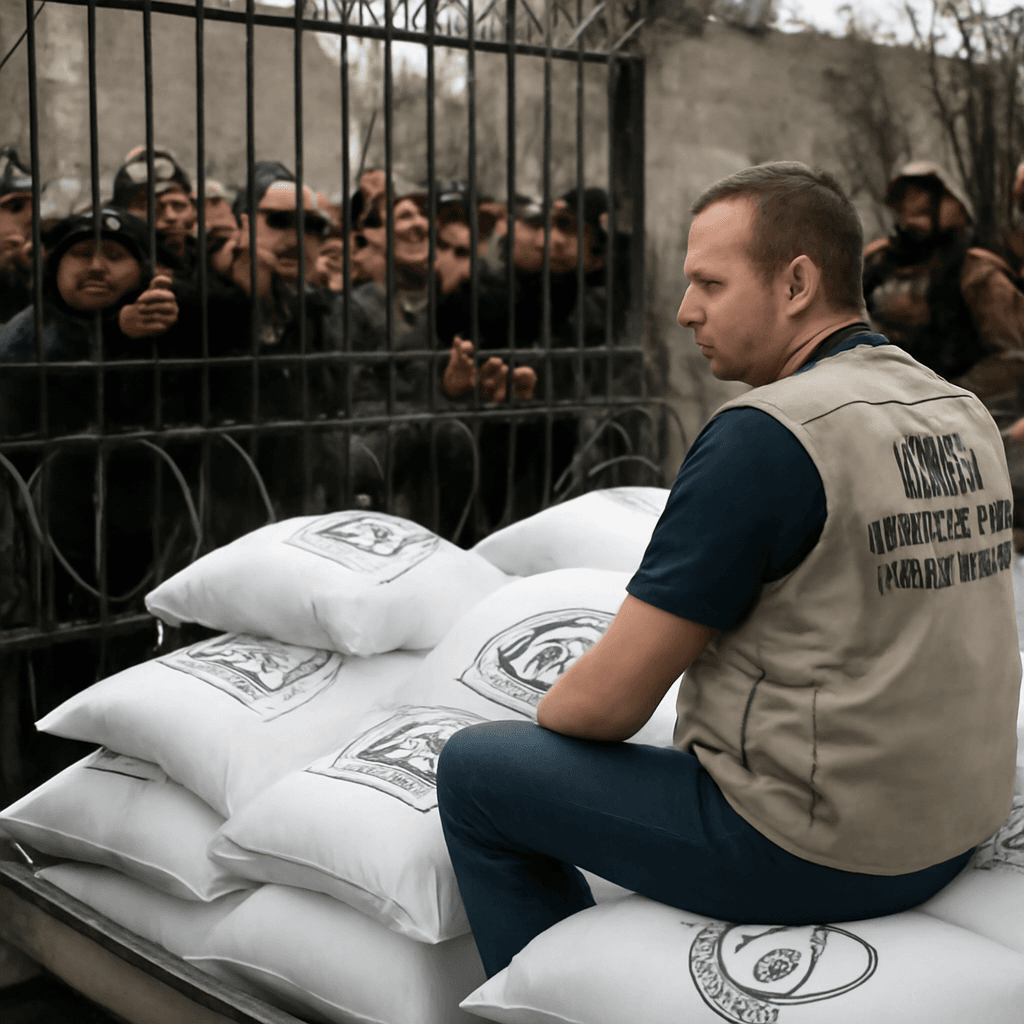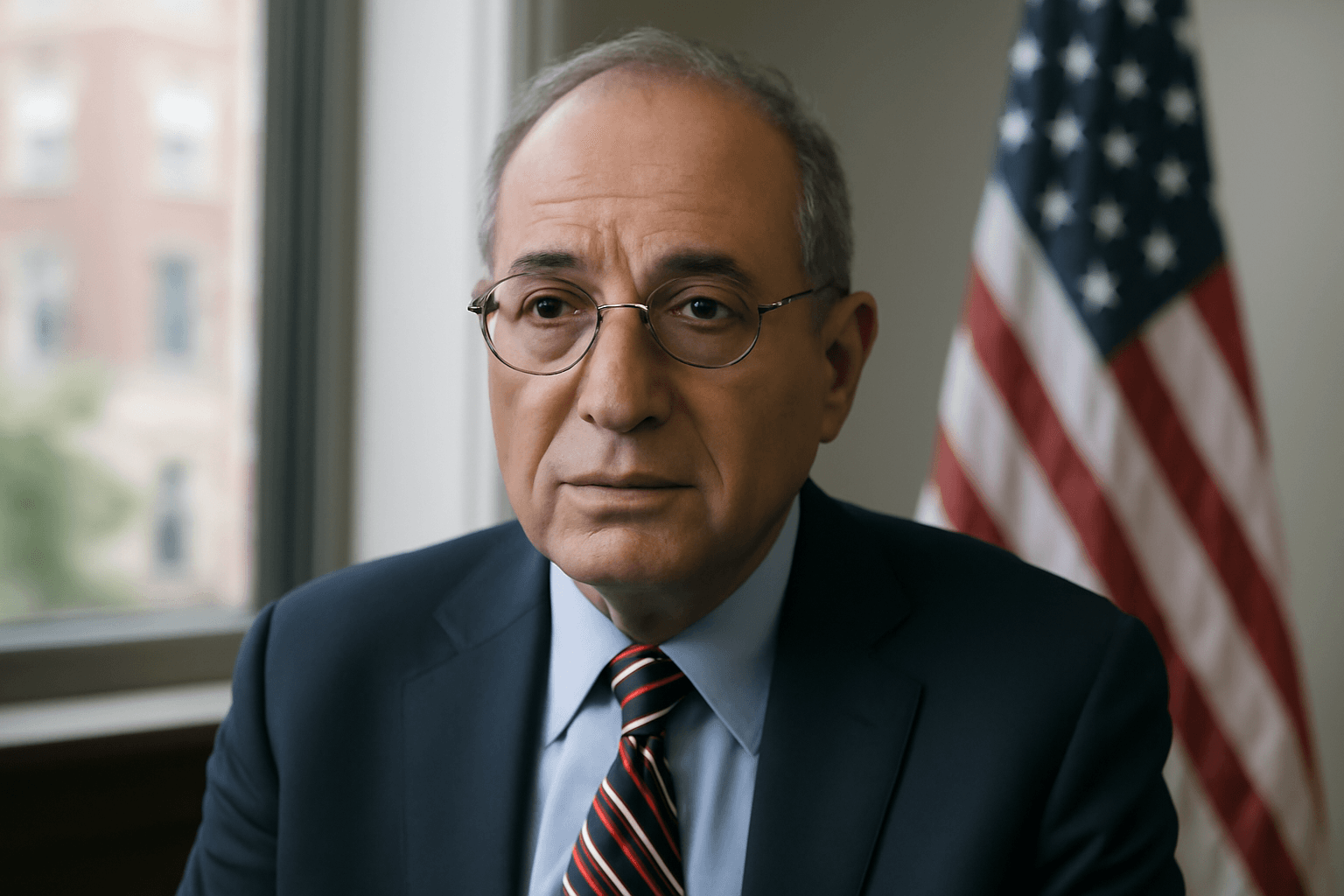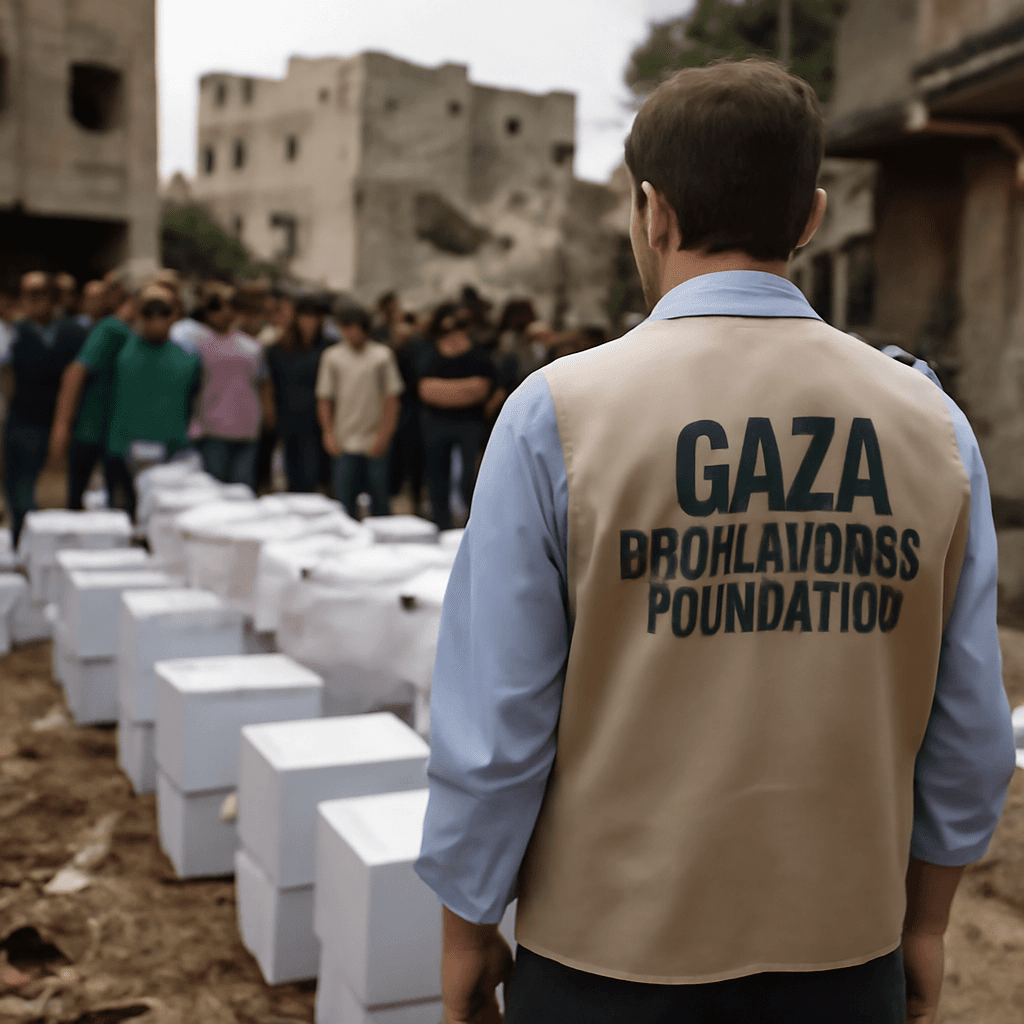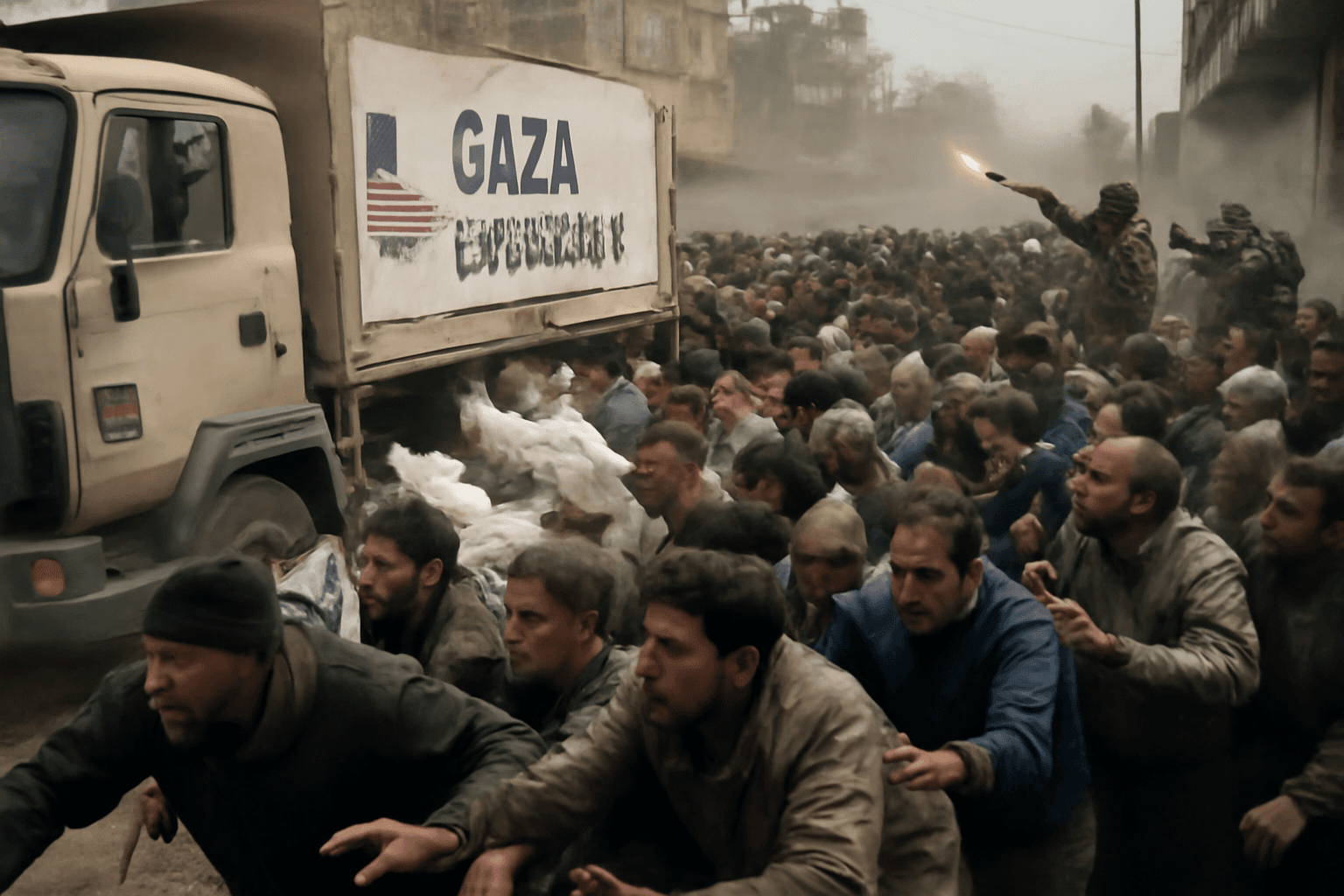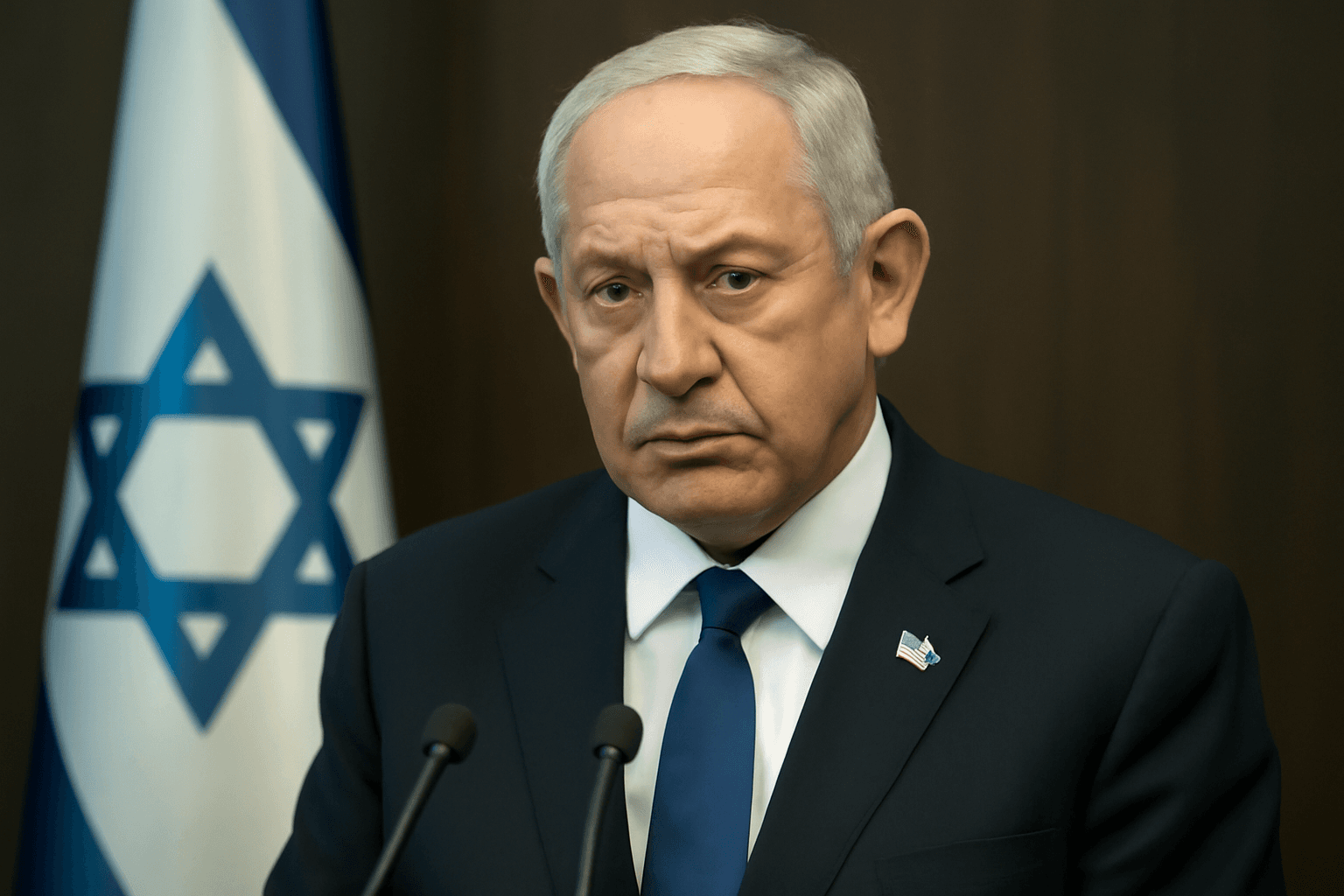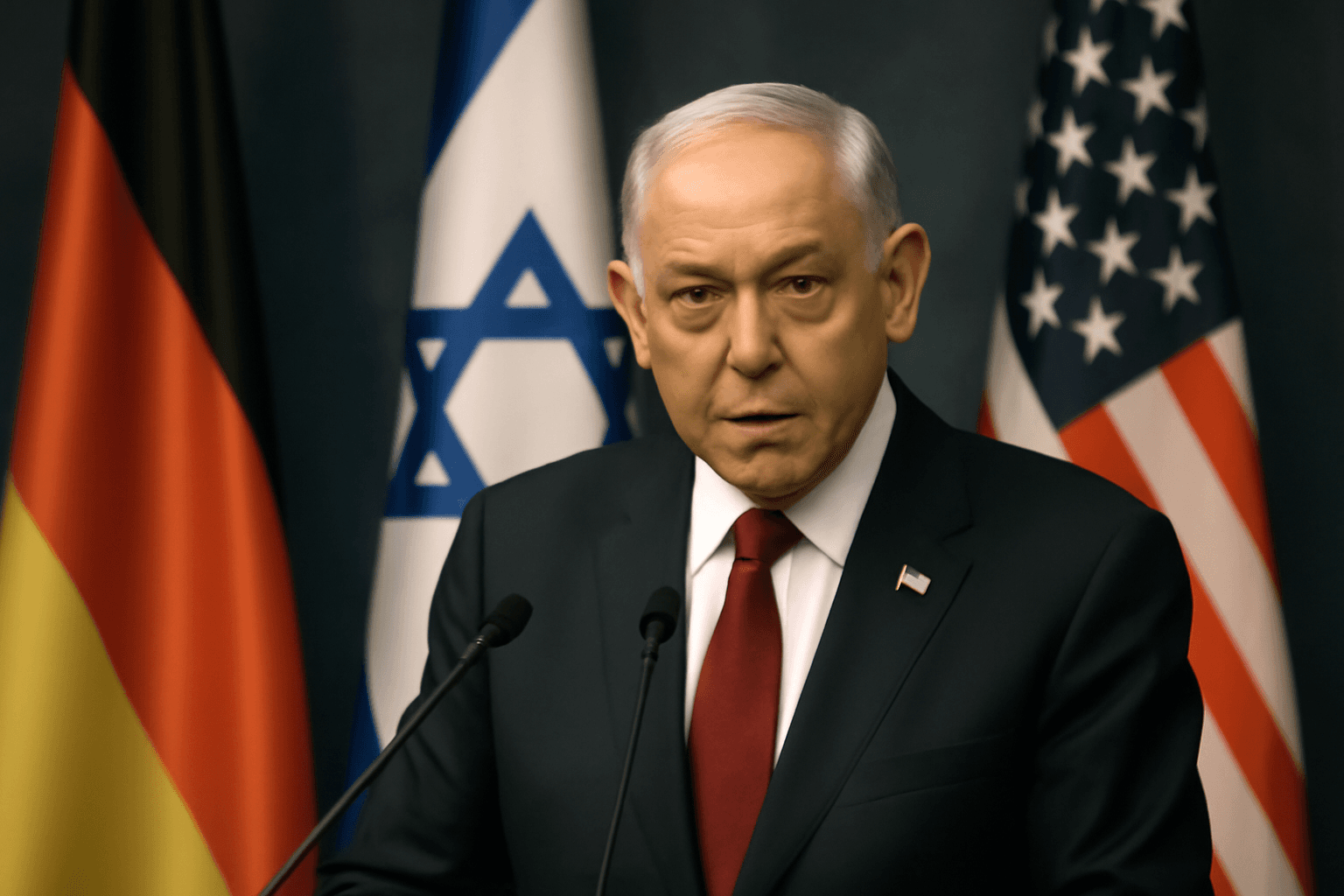Overview: Aid Distribution in Gaza Amid Conflict
Gaza's humanitarian situation remains dire, with almost complete loss of livestock and collapse in local meat production. Food shipments continue to face stringent restrictions, contributing to food insecurity among the enclave's 2.3 million residents. The interplay of logistics, security concerns, and political considerations in Jerusalem critically influences access to essential supplies.
Gaza Humanitarian Foundation: The Central Aid Distributor
The Gaza Humanitarian Foundation (GHF), a U.S.-backed non-profit, plays a pivotal role in aid distribution within Gaza. Although supported by Israel, the Israeli Defence Force (IDF) does not control the GHF but coordinates entry and provides security during aid delivery operations. Aid distribution occurs through four centers managed by the GHF.
The distribution mechanism includes:
- GHF handles the physical distribution of aid packages.
- IDF facilitates and secures aid delivery access.
- Use of four primary distribution centers across Gaza.
Addressing Aid Diversion and Theft
Reports have indicated violence near aid distribution points; however, official statements from both GHF and IDF deny incidents involving aid centers. Hamas militants have reportedly obstructed aid efforts by looting aid trucks—up to 80% during the initial period—and selling supplies at inflated prices to civilians, thereby exerting economic and political control.
To counteract looting and diversion, the aid delivery model was revised through the introduction of the Secure Distribution Site 1 (SDS1) system in late May 2025. This includes distributing smaller, family-sized food boxes instead of bulk supplies, making theft more difficult and enhancing direct aid access to civilians.
New Distribution Model: Secure Distribution Site 1 (SDS1)
The SDS1 system involves:
- Smaller, individualized food boxes containing essentials such as rice, pasta, and cooking oil sufficient for one family's weekly needs.
- Improved security measures at distribution sites, including guarded perimeters.
- Reduced looting incidents, currently estimated at 5% or less compared to previous high rates.
Though not perfect, this strategy represents a significant improvement in ensuring aid reaches Gaza's vulnerable populations.
International Criticism and the Blockade
Israel attributes humanitarian challenges primarily to Hamas, which has allegedly prioritized military infrastructure over civilian welfare during the past two decades. Hamas is said to have diverted aid funds toward underground tunnels and terror activities instead of addressing healthcare and education.
Access to economic opportunities inside Israel for Gazans ceased after October 7, 2023, when attacks by Hamas ended permit programs that previously allowed 20,000 Gazans to work in Israel. Israel maintains that security concerns justify these restrictive measures.
Security and Local Partnerships
The SDS1 centers, specifically in Rafah, maintain controlled entry through caged corridors and guarded perimeters. Safe Reach Solutions (SRS), a U.S.-based private security firm, manages on-site security to prevent unauthorized weaponry distribution and maintain orderly operations, although accusations of intelligence activities have been reported.
Outlook: Governance and Future Prospects in Gaza
Since the resumption of Israeli military actions in March 2025, over 4,400 Palestinians have died, with overall conflict-related fatalities reportedly exceeding 54,000. Israel expresses openness to alternative governance models in Gaza that exclude terrorist organizations and ensure regional stability.
Potential frameworks discussed include clan-based governance, inspired by models in some Gulf states. Israel is willing to cooperate with a legitimate and peaceful Palestinian government in Gaza to promote independence and security.

